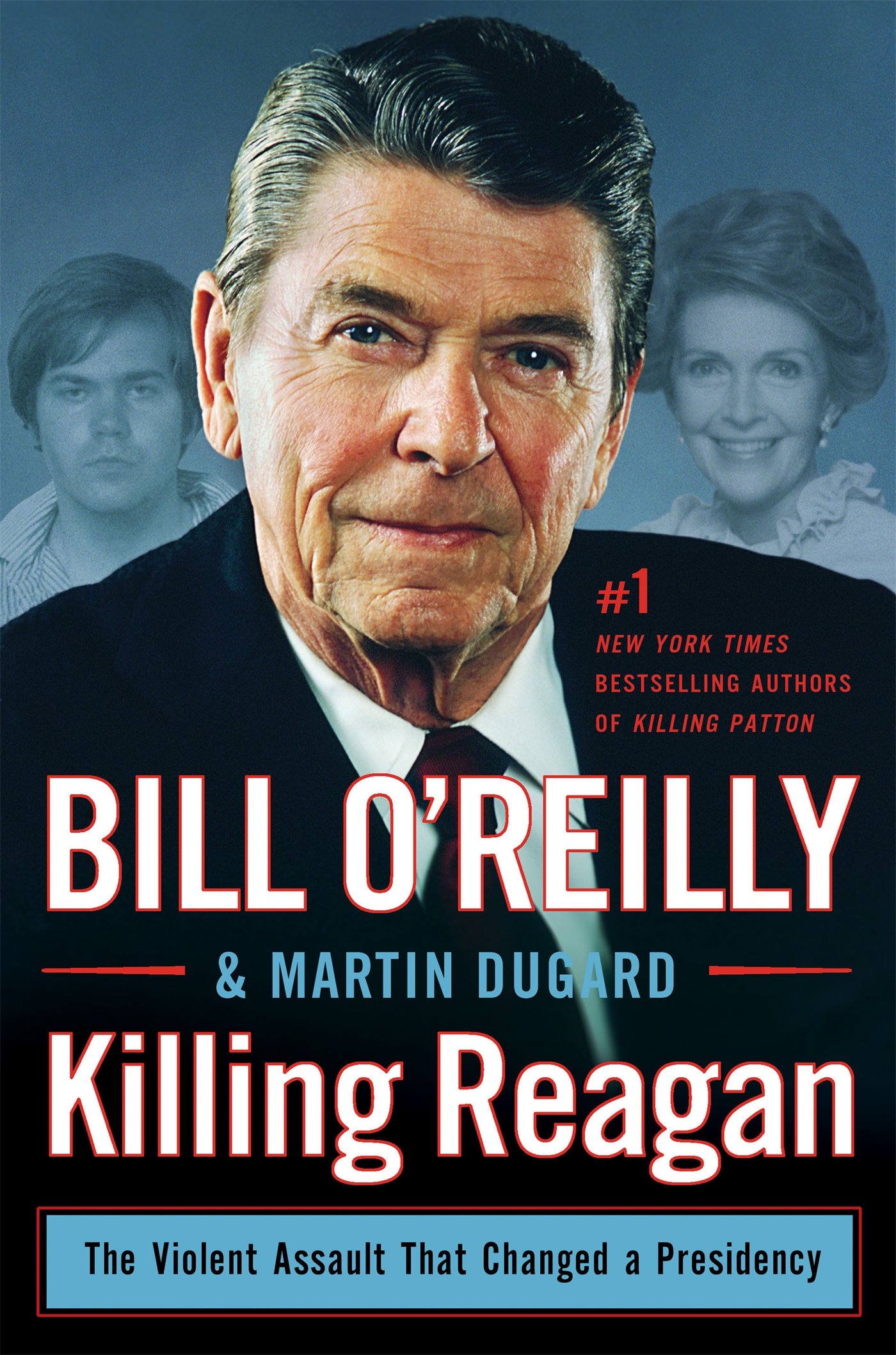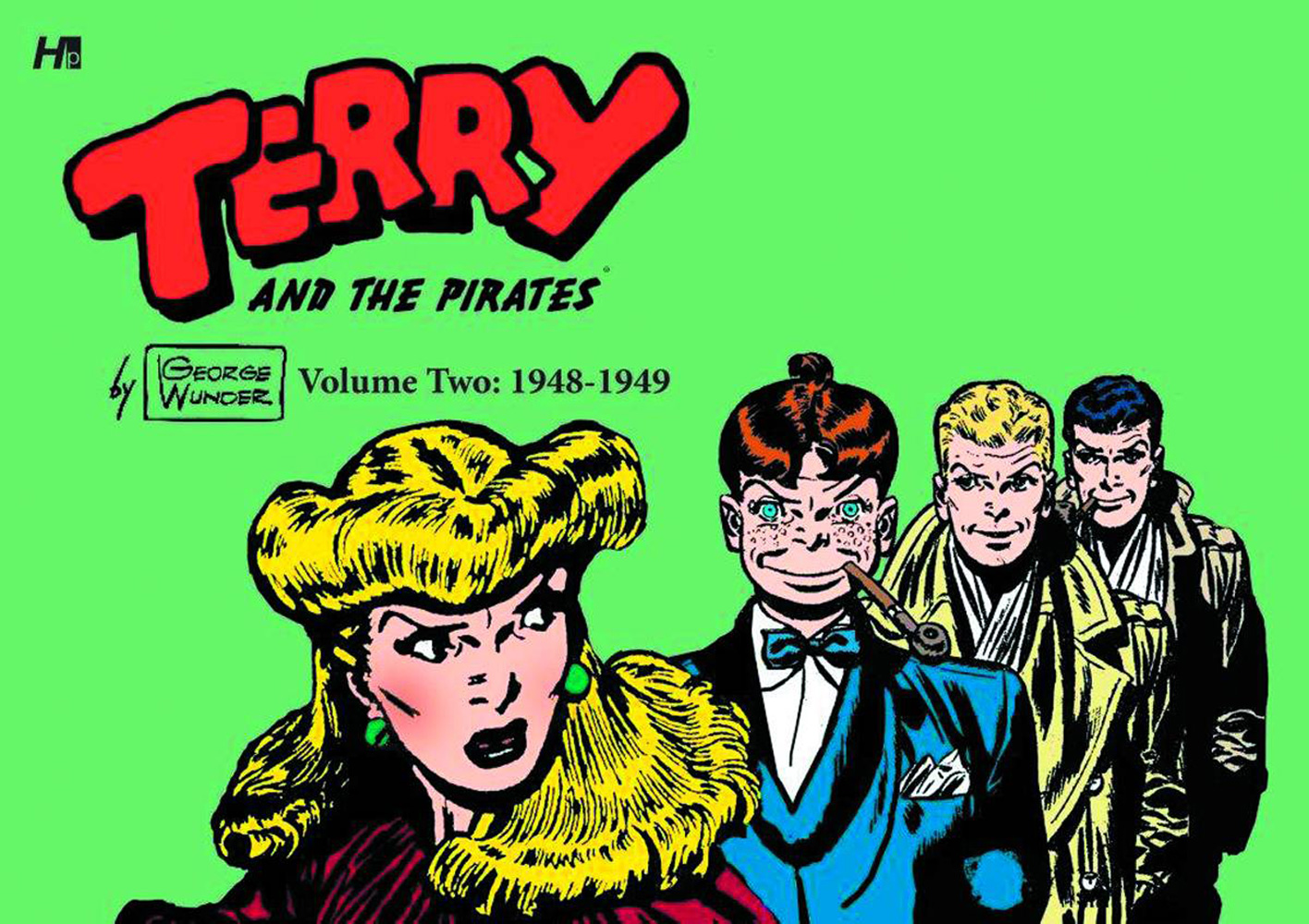It was on 23 December 1968 that I met the most gorgeous women on the planet, Raquel Welch. It’s a long story, but I’ll make it short.
 Raquel
Raquel
Sailors tell sea stories—a tale of some incident in the sailor’s adventures that is memorable, at least to the sailor. By definition, sailors enhance their tales with fictional events to make them more compelling for their shipmates. The following tale is without the sea story enhancement. It’s as faithful to the facts as best as I can remember.
In February 1968, I reported aboard the aircraft carrier USS Ranger (CVA 61) as ship’s company. I was a Special Duty Officer, Air Intelligence. We deployed to the Tokin Gulf in October 1968 and conducted air interdiction operations primarily in North Vietnam. My primary task was to develop targets for our Air Group to strike.
The ship’s routine was to conduct air operations for seven consecutive days, stand down for one day and then resume flight operations for the next seven days. Because of the nature of my job, planning targets for the next day’s operations, I had to work on the stand-down day to insure that the next day’s targeting was ready for briefing the aviators, ordinance officers (for planning appropriate weapons for the targets), and ordinance men (for loading such weapons on the aircraft).
Most of our intelligence shop was in the air-conditioned spaces—necessary to keep our banks of computers from overheating. Unfortunately, the targeting shop was outside the air conditioning boundary. It was in a small vault on the deck just below the flight deck and beside the Admiral’s ladder. Inside we had maps of the Top-Secret Vietnam air war posted throughout the vault. We had a small fan to circulate the air and when we were inside we kept the vault door opened to help circulation. We rigged a drape over the vault’s door and posted a large KEEP OUT sign in the center of the drape. No unauthorized sailor ever entered my vault.
As luck would have it, the Bob Hope’s Christmas USO Tour flew aboard late on 21 December 1968 shortly after we’d completed air operations for the day. Included in his troupe were Les Brown and his band of renown cinematography crew, hist staff and the bimbo of the year, Miss Raquel Welch—one gorgeous and sexy dame.
Next day was our stand down day and that afternoon Bob Hope put on one terrific show. God love him. I know he and Bing are playing sub-par on that golf course in the celestial sphere. Of course, Raquel was a terrific hit. After the show, I returned to my vault to complete the targeting plan for the next day’s strikes. I closed the drape over the door and became fully immersed in my targeting tasks. Time slid by.
A soft, throaty female voice snapped me back to reality, “Can you tell me how to get to the enlisted dining hall? I’m supposed to have dinner with Seaman John Jones.”
I whirled around and saw Raquel standing a few feet from me. Startled, I was momentarily without voice. She was inside my Top-Secret vault—an incredible breach of security. Nonetheless, she was wearing a form-fitting blue micro-mini skirt, three-inch high heels, and a skin-tight, brown knit blouse over a no-bra, brassière. The visual effect was erotically stunning and mind-numbing.
Still without voice, and shocked that my air war might possibly be compromised, I rose from my chair, placed my right hand on her left shoulder and turned her around so that she faced the drape. With a gentle nudge, I guided her outside my vault. No words were exchanged.
Fortunately, a sailor was walking down the passageway. I said to him, “Seaman, take Miss Welch to the enlisted mess.” A large smile cracked on his face and without ado, they scrambled down the Admiral’s ladder.
That’s end of my sea story. But it’s no sea story. My tale is about as accurate as I can remember some forty-five years later.
I’ve wondered, from time to time, if I should have slammed the vault door shut with Raquel and me inside. Dream on.
FIN
You may read other short stories like Raquel in my Short Story compilation, Aviators, Adventurers, and Assassins.
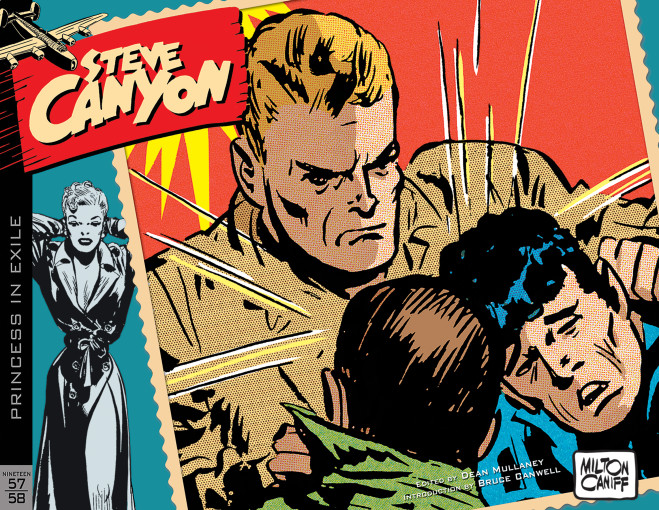 Two stars.
Two stars.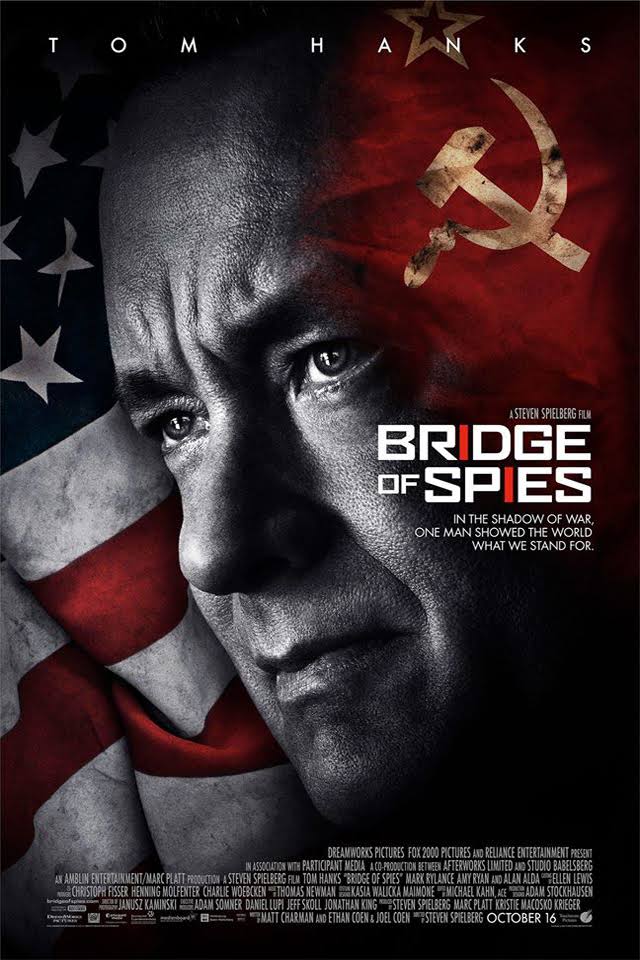
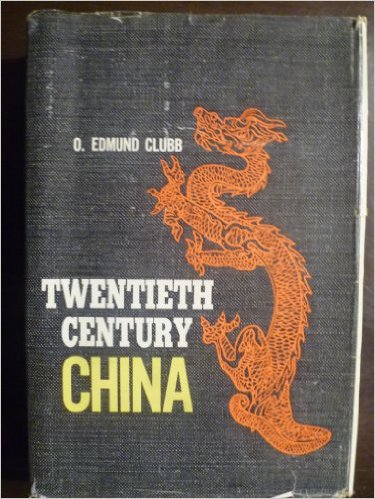 Clubb weaves a heavy book loaded with the incredible history of the Chinese government from the Boxer Rebellion to the Death of Mao Tse-tung and a little beyond. I read this tome from cover to cover, including the notes. Conclusion: This is not a reading book. Rather it is a superb reference book that details the inner workings, intrigues and polemics of the players in the Nationalist and Communist governments. The meticulous index engenders a ready find.
Clubb weaves a heavy book loaded with the incredible history of the Chinese government from the Boxer Rebellion to the Death of Mao Tse-tung and a little beyond. I read this tome from cover to cover, including the notes. Conclusion: This is not a reading book. Rather it is a superb reference book that details the inner workings, intrigues and polemics of the players in the Nationalist and Communist governments. The meticulous index engenders a ready find.